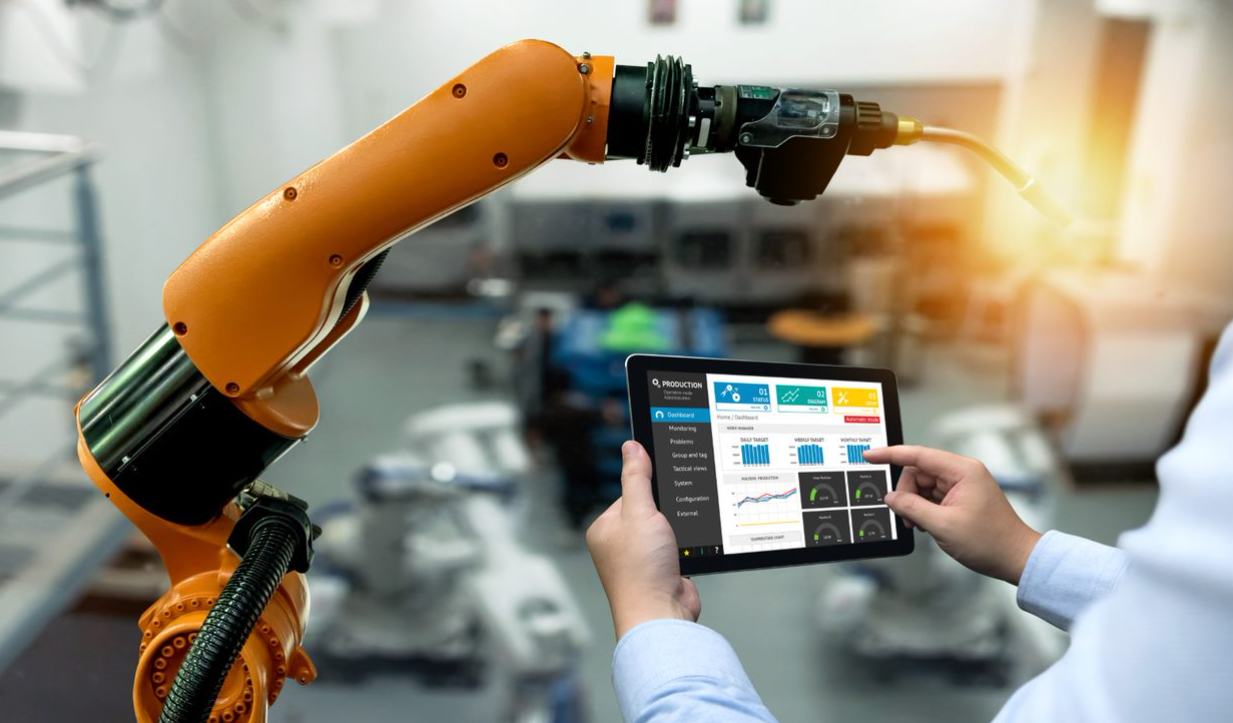Bridging the gap: 21st Century Skills in Higher Education and Industry
The development of 21st-century skills is crucial for workplace readiness and economic growth but how does this translate into real career options for ambitious students and school leavers? This is not a light decision to take with factors such as the cost of tuition fees, a highly-competitive job market and our fast-moving economy to consider. They are faced with a difficult choice at this key crossroads in their lives which often results in deciding whether they want to pursue an industry apprenticeship or complete a university degree.
Industry experience, what are the benefits?
Industry apprenticeships were traditionally thought of as providing narrow, task-driven training, but this has evolved to attract top talent and respond to the need for skills and experience, not just credentials, with apprenticeship schemes. The appeal of ‘earn while you learn’ and the prospect of an eventual role within the company is a big tick in the box for budding apprentices but in today’s employment market (where short-term roles dominate) candidates also need to know that they are developing transferable 21st-century skills that they can eventually take elsewhere.
Many companies such as Siemens (who offer apprenticeship programmes for their fossil and wind-power businesses) run schemes in conjunction with external colleges where a combination of study and specialist high-level training is offered at their state-of-the-art training centre.
Barclays offer a carefully tailored programme of apprenticeships which enable applicants to choose the one best suited to their existing qualifications, work experience and aspirations. Not only is their progress monitored by a manager, but they also have regular interactions with mentors inside and outside the company as well as a ‘Talent Manager’ who provides feedback on their performance.
Online learning platforms are at the heart of many modern apprenticeships. For instance, apprentices at Santander are offered permanent access to the company’s online learning portal enabling their personal and soft skill development. Leading training provider, The Skills Network, supports employer apprenticeship schemes by offering flexible training solutions that maximise efficiencies, drive progression and ensure that off-the-job training time is worthwhile and recorded. Their tools include Study Coaches, face to face Assessor visits, online learning content, soundbites and online lectures.
There are also new schemes like the government’s ‘degree apprenticeship’ initiative which offers students a blended mix of learning and working. They get the chance to achieve a full bachelor’s or master’s degree as part of their apprenticeship by combining work with part-time study (and avoid tuition fees) These programmes are being developed by employers such as the BBC, Barclays and Jaguar Landrover who work in collaboration with universities and professional bodies.
“Teachers simply covering the content is no longer enough, rather it is the use of appropriate content to embed the 21st Century skills that is now our role.”


What responsibility does Higher Education have when it comes to career readiness?
How can educators compete with this reinvented on-the-job training? Institutions have realised that by creating engaging and challenging environments where autonomy is encouraged, they can make the leap to bridge the 21st-century skills gap, starting with critical thinking and initiative skills. The old teaching model of ‘sage on the stage’ is outdated. Speaking at the CABS and McGraw Hill forum, Bo van der Rhee from Nyenrode Business University confirmed that for him “The teaching philosophy at our university, which I developed 5 years ago is: “Less teaching, more learning & development”.
Angela Short from Dundalk Institute of Technology says “Teachers simply covering the content is no longer enough, rather it is the use of appropriate content to embed the 21st Century skills that is now our role.” The key, Angela argues, lies in an institution’s approach to assessment. They must be designed to shift from the regurgitation of facts to the application and critical evaluation of knowledge in real-life scenarios.
As part of Angela’s teaching, she uses an online simulation game that students engage with, to both teach content and develop and test skills. Placing students in the role of an Operations Manager in a clothing firm, students must order stock, manage the budget, hire and fire staff and eventually run their own factory. She reports exceptionally high levels of engagement among her students, they respond enthusiastically to the chance to use their initiative, problem-solve and make decisions in this virtual environment.
The simulation game is incorporated into students’ assessment with 50% of their final score based on questions that require them to describe in detail the various problem-solving strategies they employed when playing the game. This is to ensure that they have truly engaged in the process and can explain their decision-making.
Like Angela, Caroline Ennis of Birkbeck University of London, believes that embracing technology in the classroom is essential. She says “The complexity of modern society requires a broader and more open mindset, and this requires 21st-century teachers to embrace the opportunity that the technology brings.”
Thought leaders who participated in the CABS and McGraw Hill forum agreed that the shift to a ‘guide on the side’ teaching approach is crucial for Higher Education Institutions, and key for the development of these higher-order 21st-century workplace skills. The best educators emulate these soft skills in their own teaching methods by creating a space where group work, autonomy, and discussion prevails. At a managerial level, many HEI managers have not worked in industry and therefore have not applied these skills in the environment which leads to an argument suggesting that expert intermediaries are needed to interpret industry requirements and bring the findings back to HEIs.
“Eventually you forget an exam score, but you never forget that your ideas and suggestions will be visible in cities for decades.”
Collaboration between HE and Industry
Collaboration between universities and businesses is definitely on the rise with initiatives like innovation hubs such as the ‘Ideas Factory’ incubation centre at Norwich University of the Arts which supports local digital creative SMEs to start up and grow by offering them space, business support services and access to the university’s infrastructure.
Many institutions now partner with industry to offer work placements as part of degree courses. At Dundalk Institute of Technology, 50% of undergraduate courses now have work placements embedded in their programmes and many students get jobs at their placement companies as a result. Another example of partnership is Cphbusiness in Copenhagen who collaborated with Siemens Mobility systems (now Alstrom) in 2017 as part of a project where students had the chance to work on an autonomous light rail systems project. Siemens even incorporated some of the students’ input into their designs. As one student put it “eventually you forget an exam score, but you never forget that your ideas and suggestions will be visible in cities for decades.” These opportunities provide students with invaluable experience of the realities of work and an understanding of the skills they will need to thrive.
Perhaps the growing trend of micro-credentials offers another solution to delivering long-term access to education in a format and at a pace that responds to the latest trends in industry. Already offered by some US colleges, this model allows programmes to be broken down into short modules that professional working people can take to upskill, enhance their performance in their current role and gain credits towards a qualification. So-called ‘bitesize learning’ often comes under scrutiny but it may come to represent a more joined-up collaboration between HE Institutions and the workplace that remains relevant throughout peoples’ working lives.
What is the answer?
Both Industry and Higher Education have started to respond to the need to develop 21st-century skills but there is still a long way to go. Some students, after doing heavy research and discovering their self-awareness, may continue to toy with different routes that will best equip them for a successful future, while the more self-motivated students may stick to the path of a university degree or choose the more structured and guided training format of an apprenticeship or degree apprenticeship.
This is just the beginning of the conversation but perhaps instead of industry and universities competing to attract top talent, partnerships may prove to be the best approach when it comes to bridging the skills gap. The type of partnership that could be beneficial to all would be that of a collaboration that combines academic study, competency-based skill development, digital learning, and hands-on workplace experience with the right assessment strategies underpinning them. Ultimately, communication between Industry and Higher Education is the key to it all as when it comes to the economy and our future workforce, we must ensure that we are striving towards the same goal.
Tell us your thoughts and experiences
At McGraw Hill, we will continue to explore this vital topic and create an ongoing discussion. We would love to hear your thoughts and experiences about 21st-century skills, student employability, and ways to bridge the skills gap.
Sign up to our newsletter

